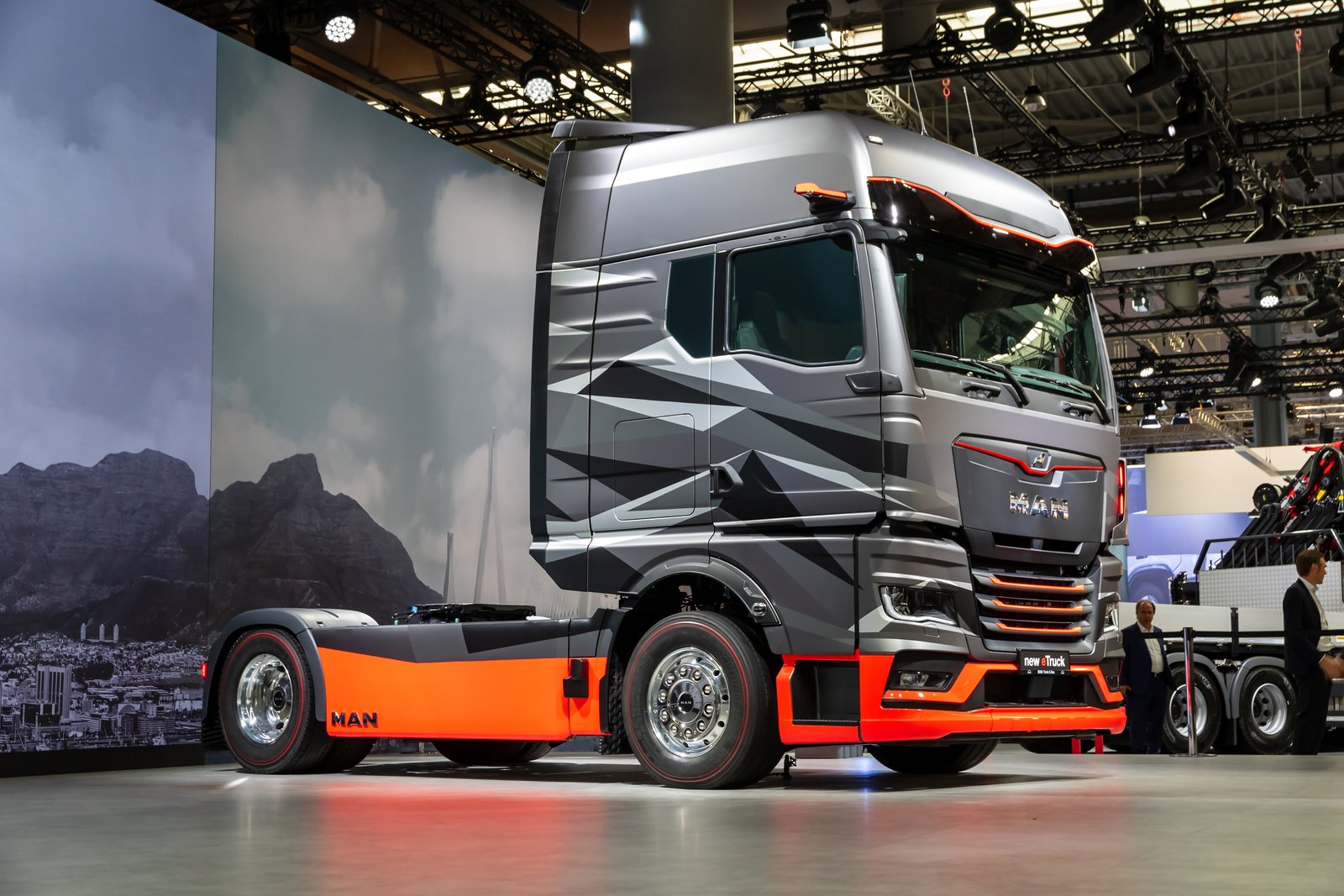While diesel engines currently dominate new truck production, a shift is imminent to align with emission reduction goals. Achieving complete decarbonization in the trucking industry over the next three decades requires widespread adoption of zero-emission powertrains. Recognizing this, leading truck manufacturers and automotive suppliers are already engaged in a competitive race for future market dominance.
Zero-Emission Truck Sales Experience Rapid Growth
Despite a rising interest in zero-emission trucks and significant recent advancements, the global market share of such trucks stood at around 1.6% in 2022, accounting for approximately 39,000 units, predominantly in China.
The availability of models has seen a remarkable 65% growth from 2021 to the end of 2022, expanding from 182 to 299 models globally. The most substantial growth in model availability is observed in Heavy-duty truck (HDT) models, with a 95% increase from 57 models in 2021 to 111 models in 2022, reflecting technological advancements. Medium-duty truck (MDT) models also experienced a 50% year-on-year growth during the same period.
China dominates the global zero-emission truck market, hosting around 158 models in 2023. As vehicles become more accessible, and production scales up, Market anticipates a rapid global market growth with a projected CAGR of 31% over the next decade.
Practical Range Achieved: Electric Trucks Demonstrate Viability in Urban and Regional Operations
Electric trucks have already demonstrated practical range capabilities, with the key to their deployment lying in understanding the daily duty cycle energy demand. While early generations of Battery Electric Vehicle (BEV) trucks are limited to less than 400 km on a single charge, this range is sufficient for a substantial percentage of urban and regional routes. The U.S. Department of Transportation indicates that a significant share of truck operations, around 73.7% by weight and 55.4% by value, involves distances less than 250 miles between origin and destination, making them suitable for electrification.
Although longer-range duty cycles will depend on advancements in battery pack energy density, improved brake energy recuperation, and optimized charging strategies during breaks, the future holds potential for extended ranges. BEV trucks designed for longer-range applications will necessitate larger battery capacities, resulting in longer charging times once depleted. The commercial rollout of Megawatt class charging is anticipated to support quick recharging during mandated breaks for long-haul trucking operations. The Megawatt Charging Standard (MCS), offering higher current and power compared to CCS, is positioned for commercialization, but the deployment of 1 MW-rated power chargers will require substantial investment due to associated installation and grid upgrade costs.

Fuel Cell Trucks Carve Out a Niche Market
The investment by companies like Daimler Trucks in both the Megawatt Charging Standard (MCS) and hydrogen fueling has raised eyebrows among observers. This dual-track strategy involves developing both battery-electric and hydrogen-based drivetrains for electrifying their vehicle portfolio. Fuel cell systems, utilizing pressurized hydrogen onboard, present the potential for long-haul, zero-emission transportation without the need for excessively large batteries, and they offer refueling times comparable to diesel. Despite the obstacle of limited hydrogen refueling infrastructure, countries such as Japan, Korea, Germany, and China are actively supporting initiatives to establish hydrogen refueling stations, which could enhance the viability of Fuel Cell Electric Vehicles (FCEVs). A significant challenge, however, lies in producing low-carbon hydrogen at a cost that makes it a commercially viable and environmentally friendly automotive fuel. Currently, hydrogen is mainly derived from natural gas, contributing to a substantial carbon footprint.

